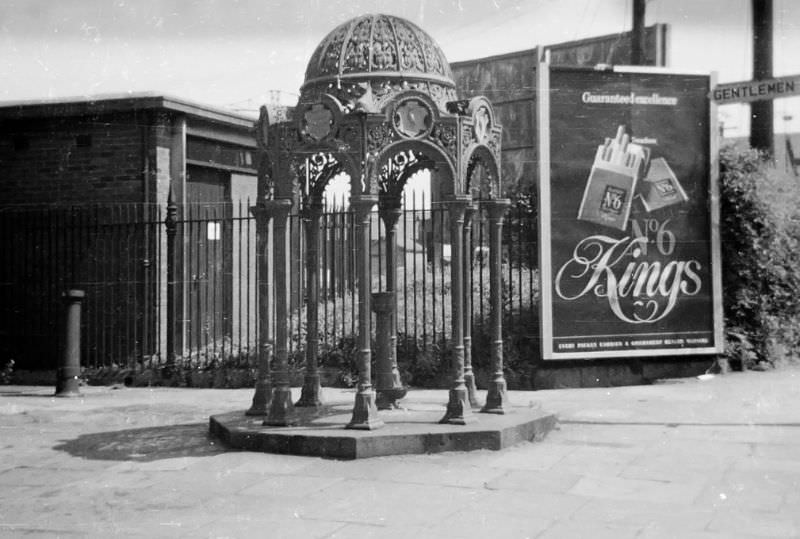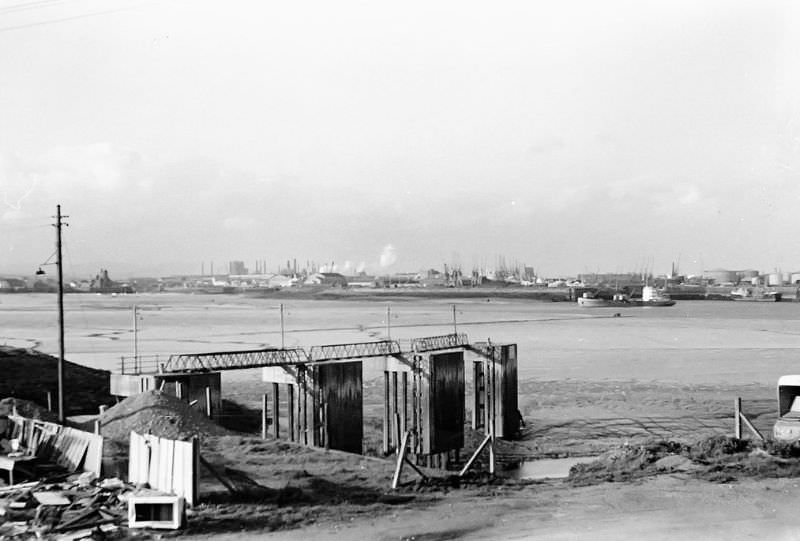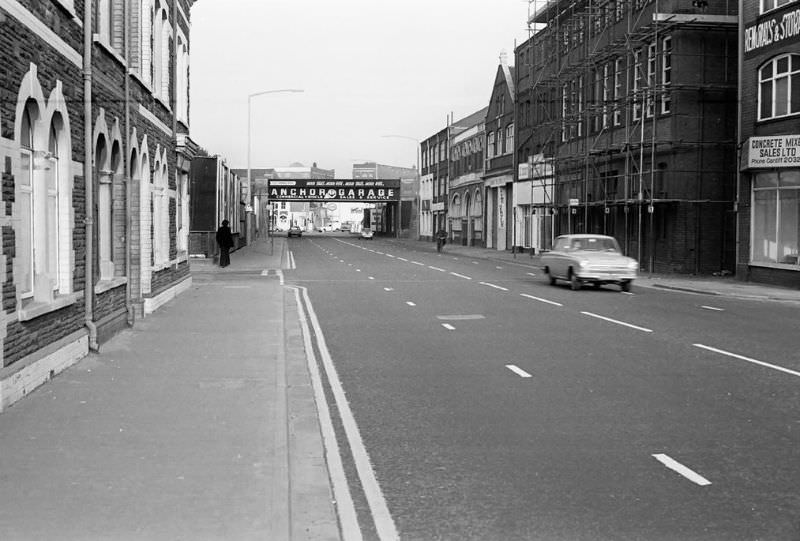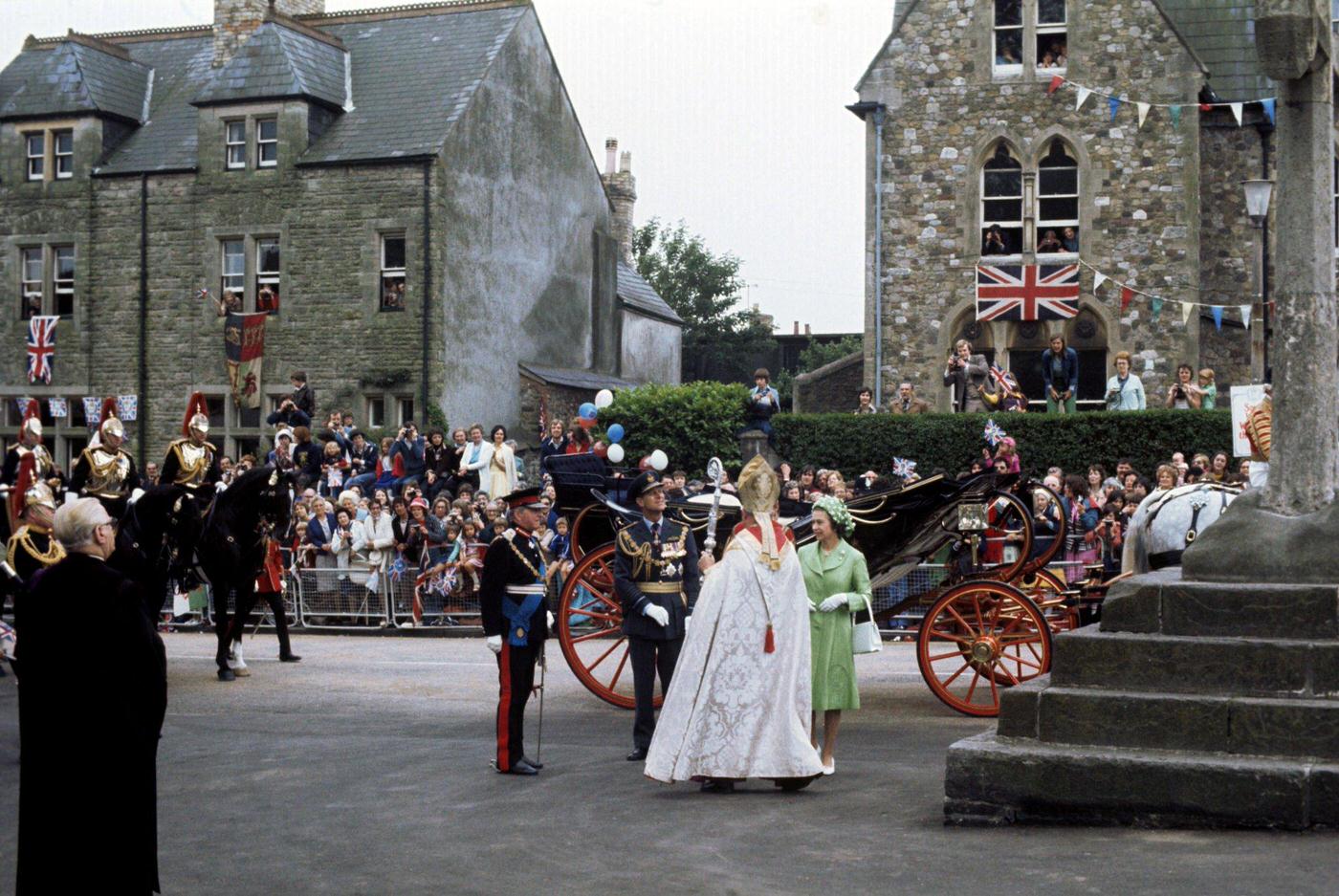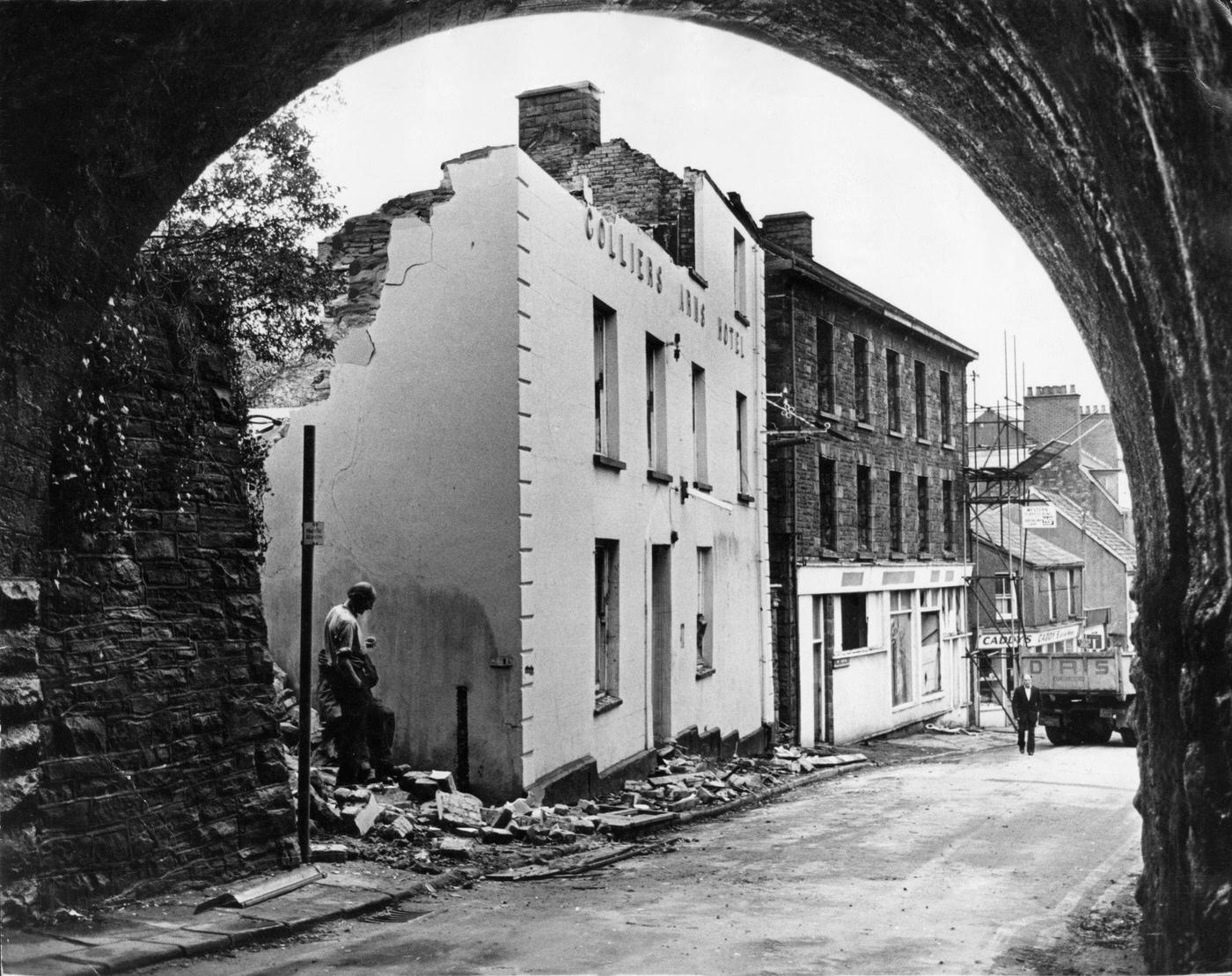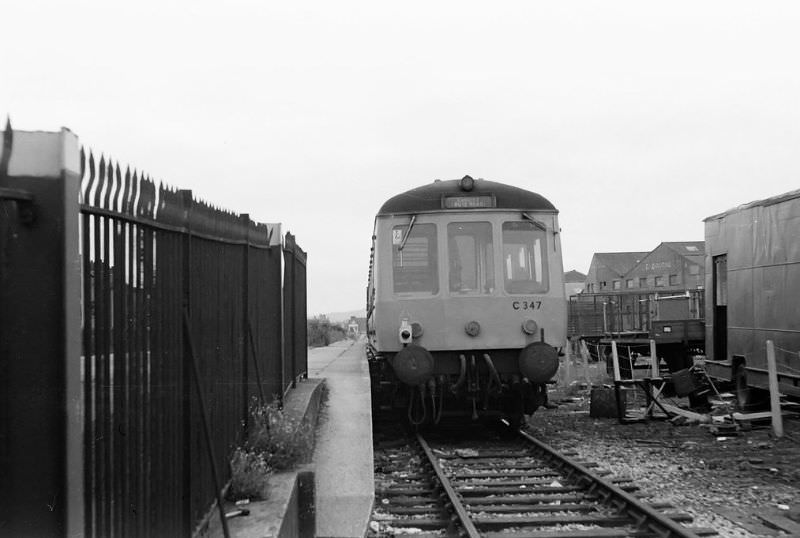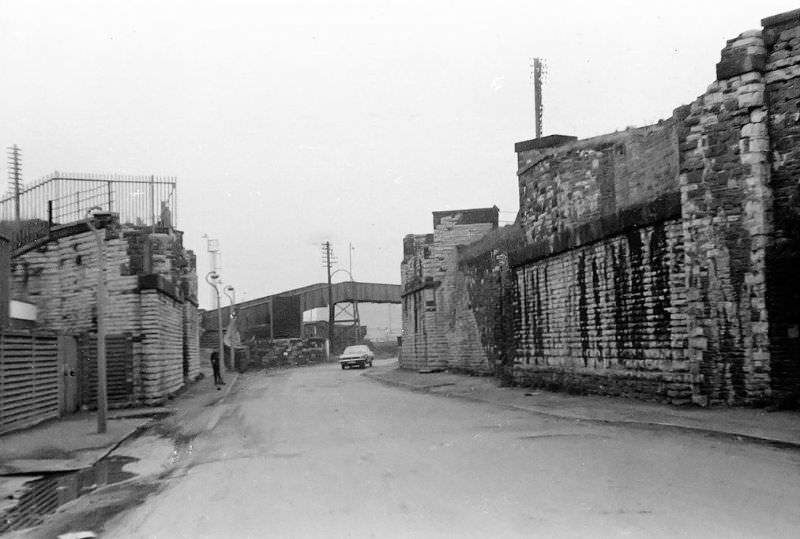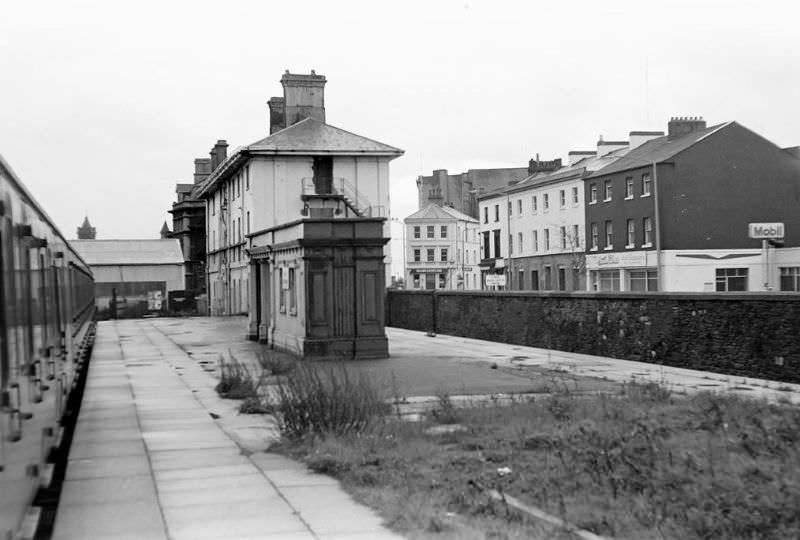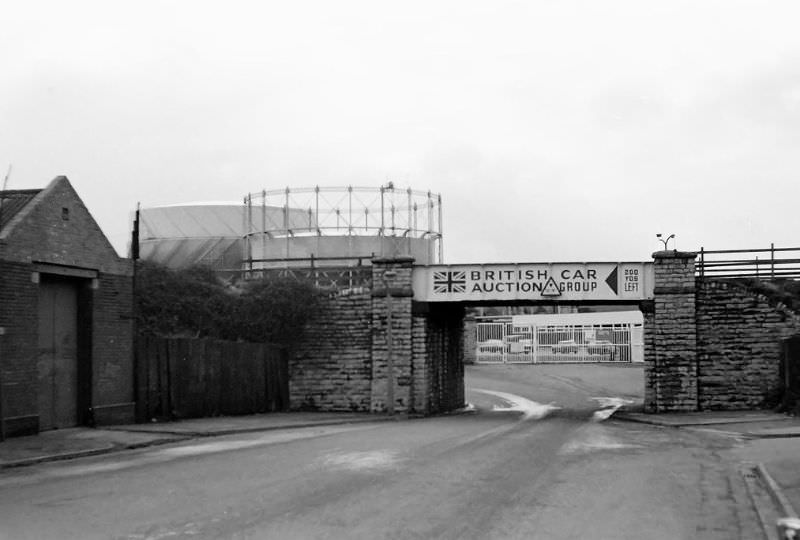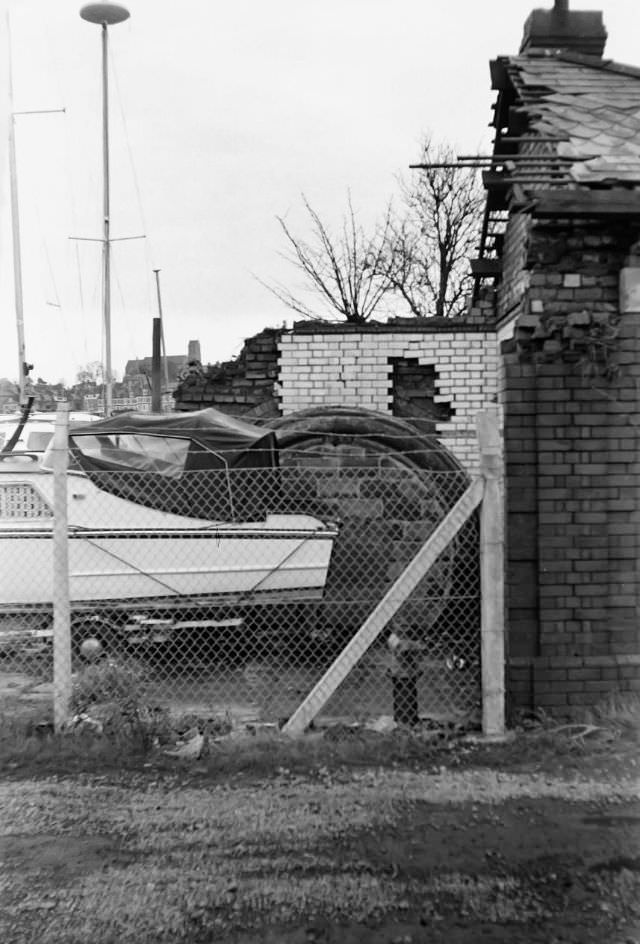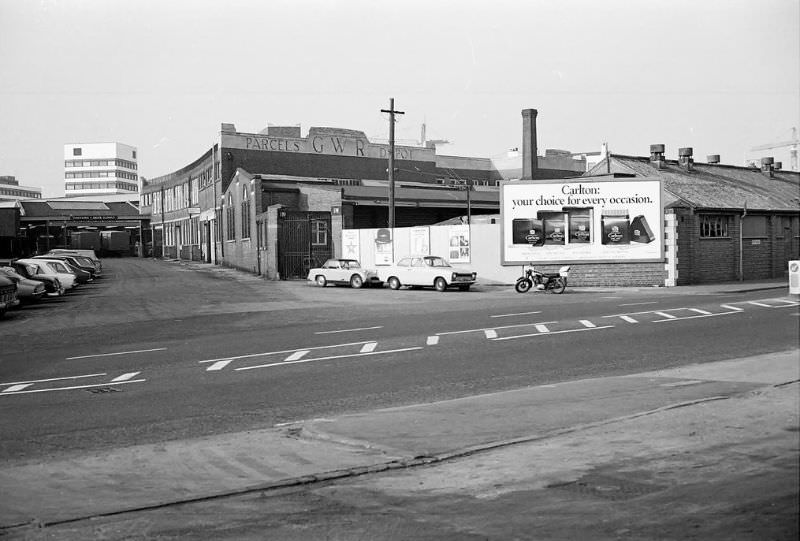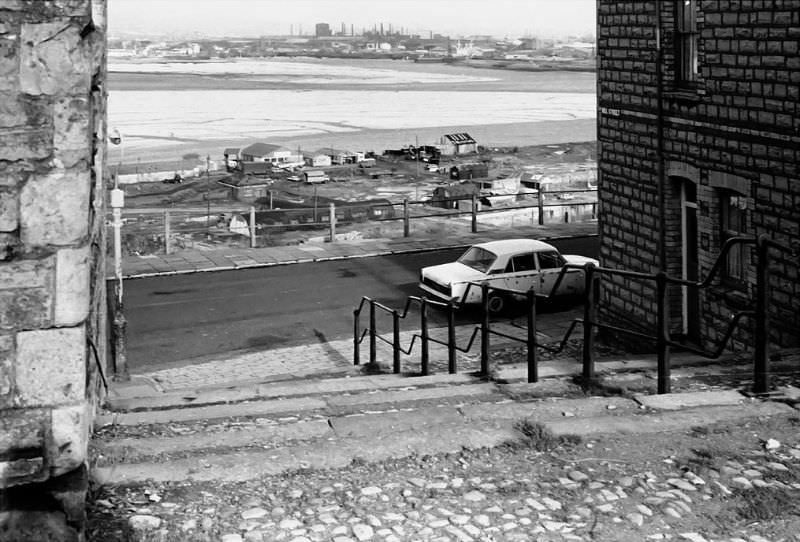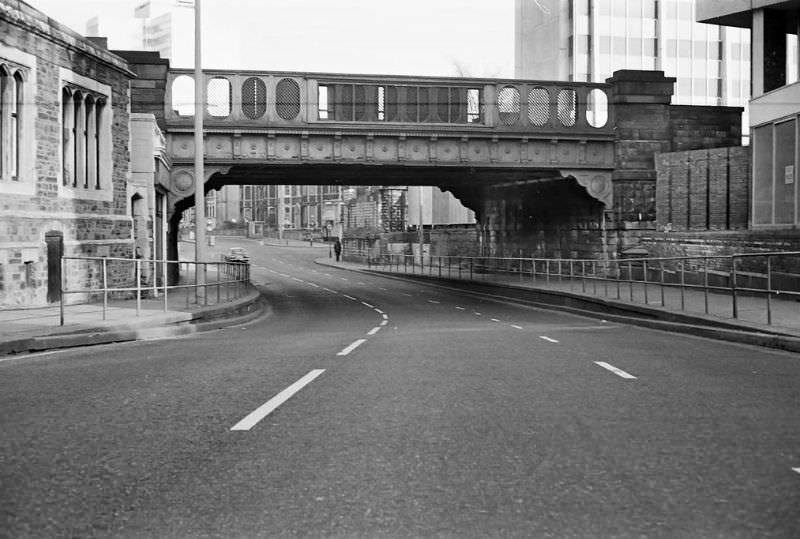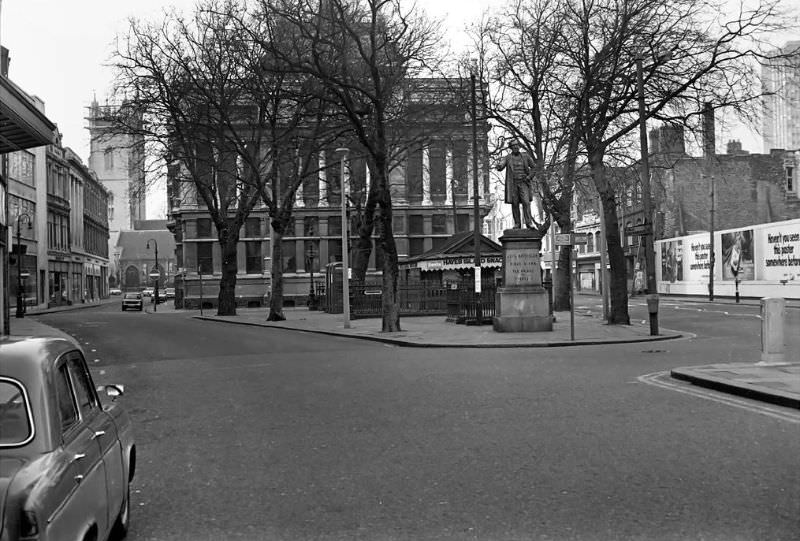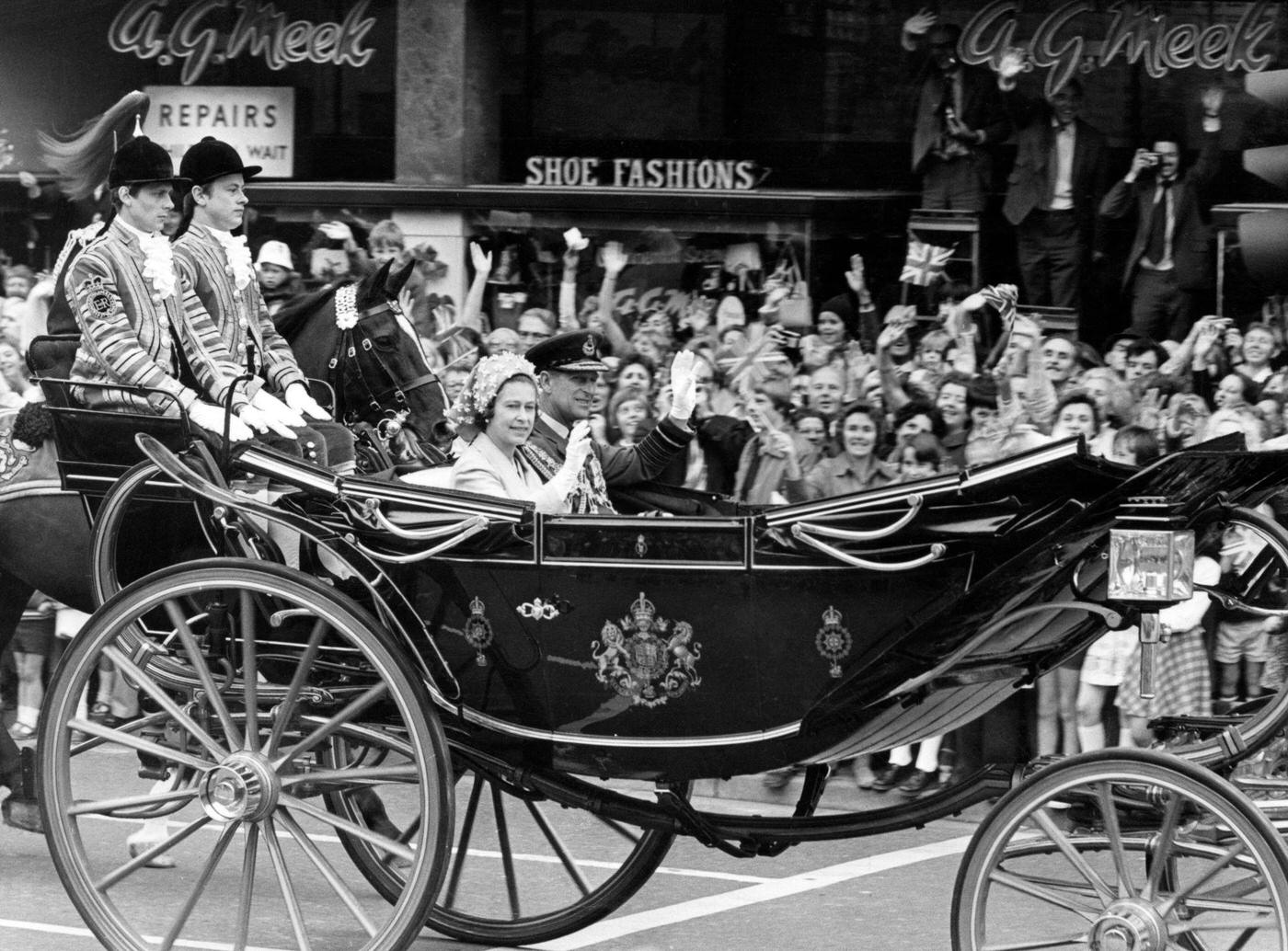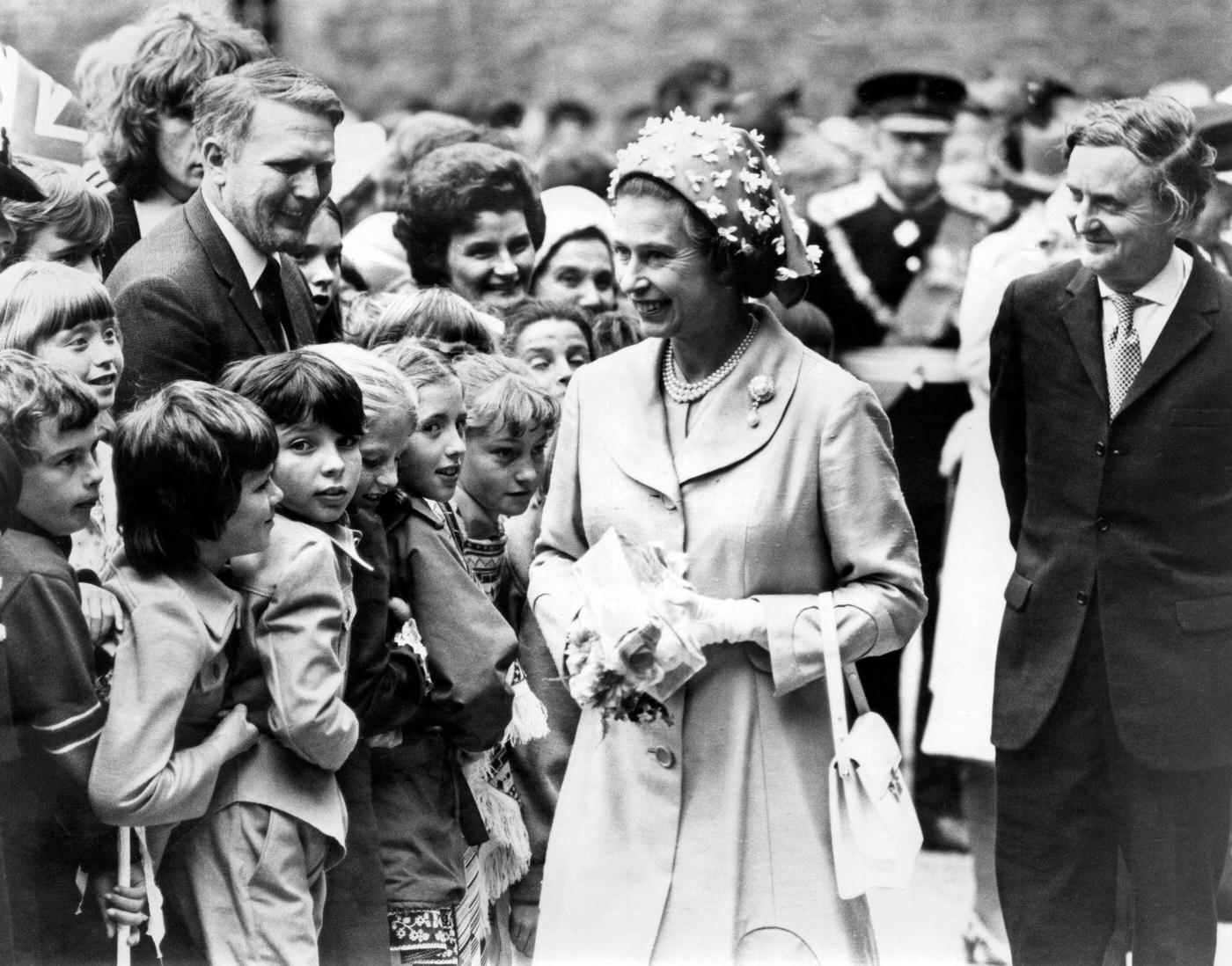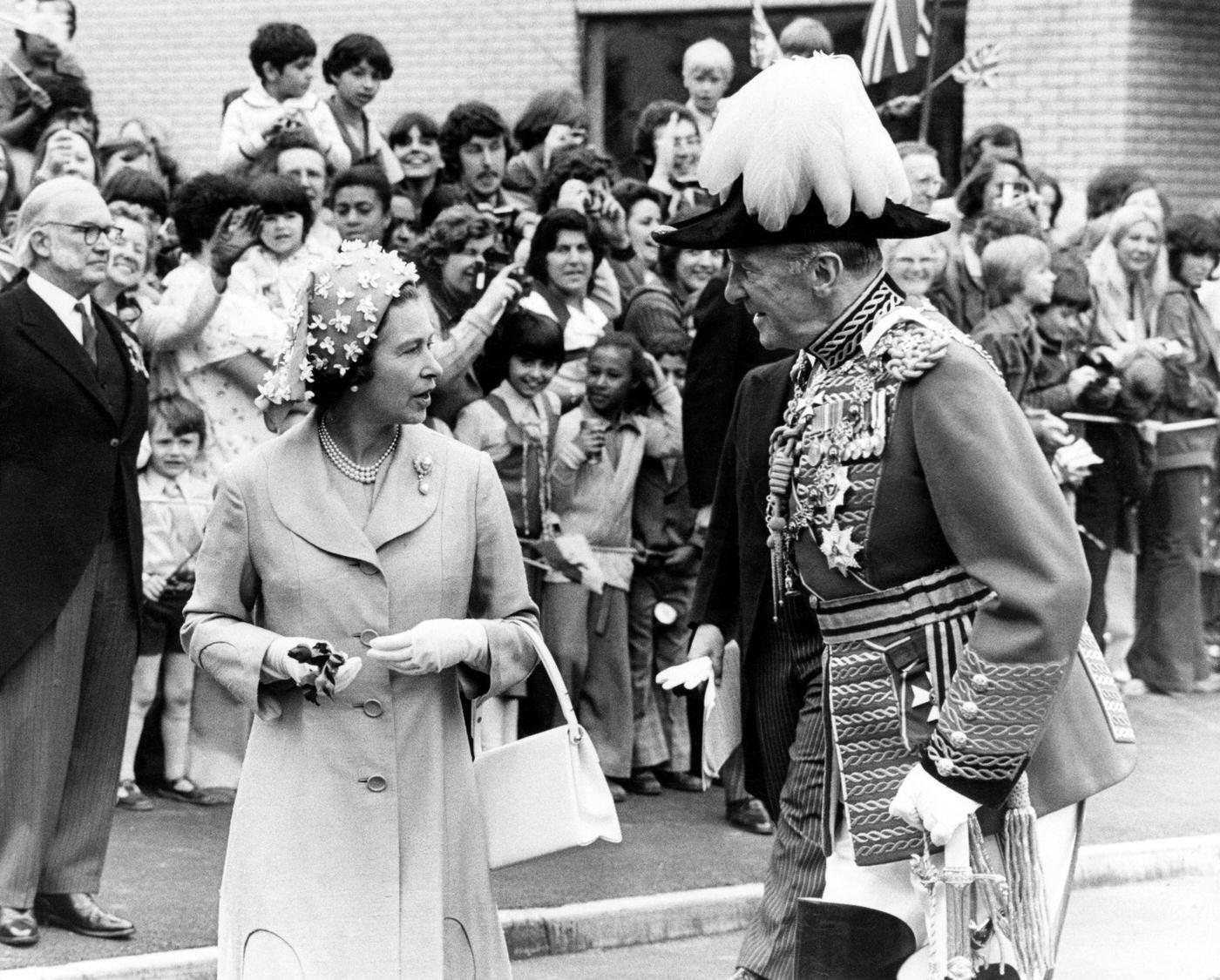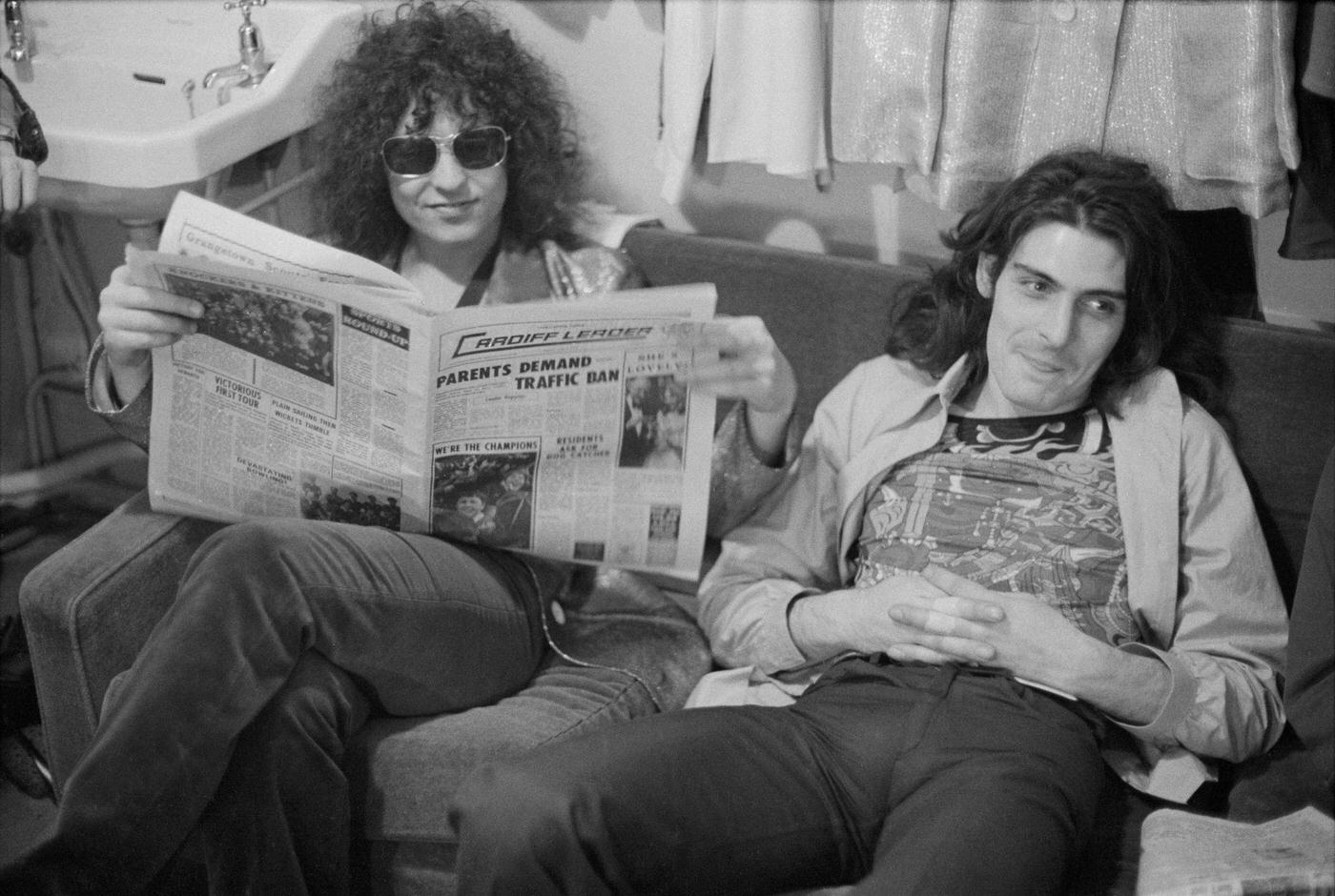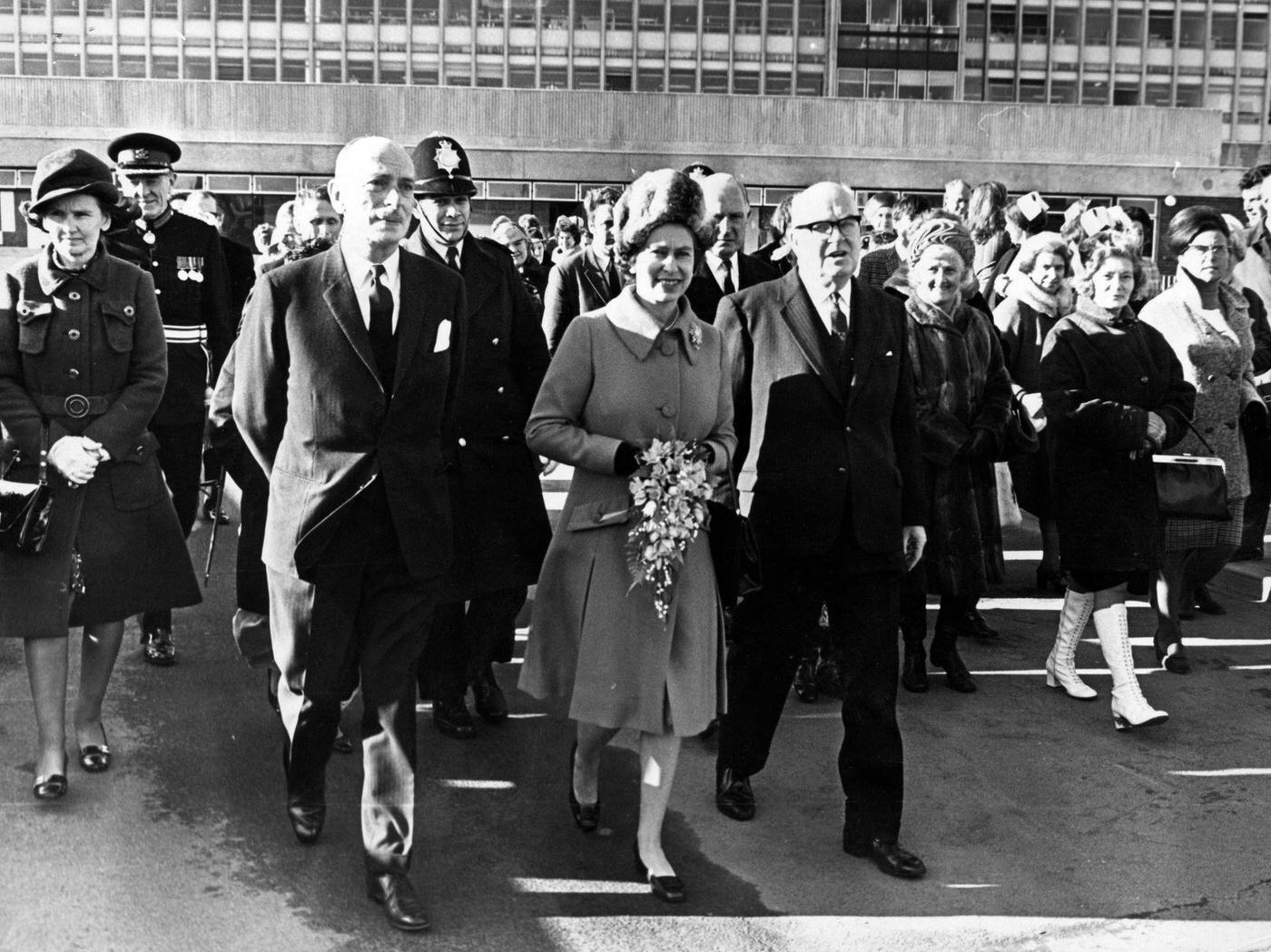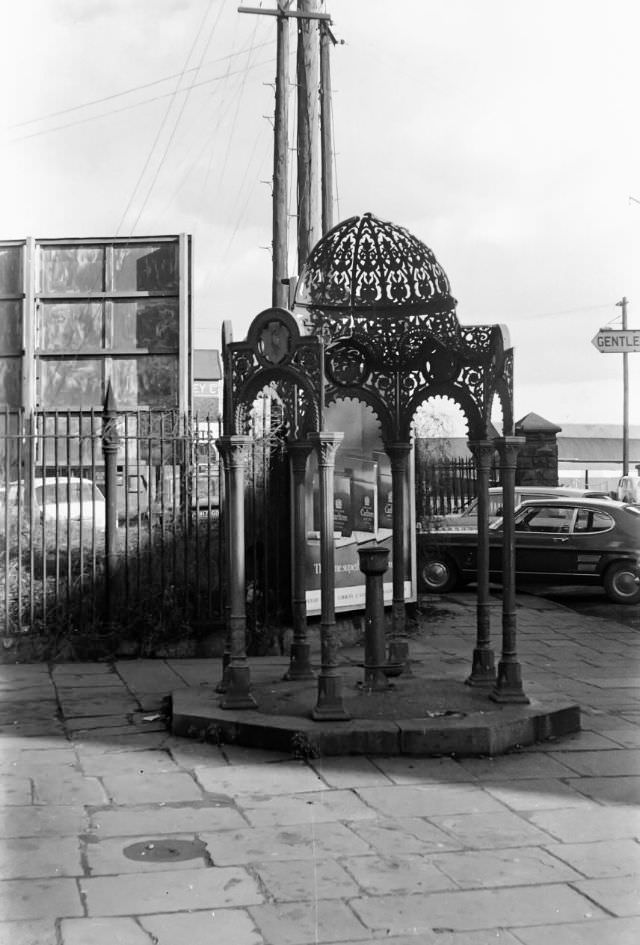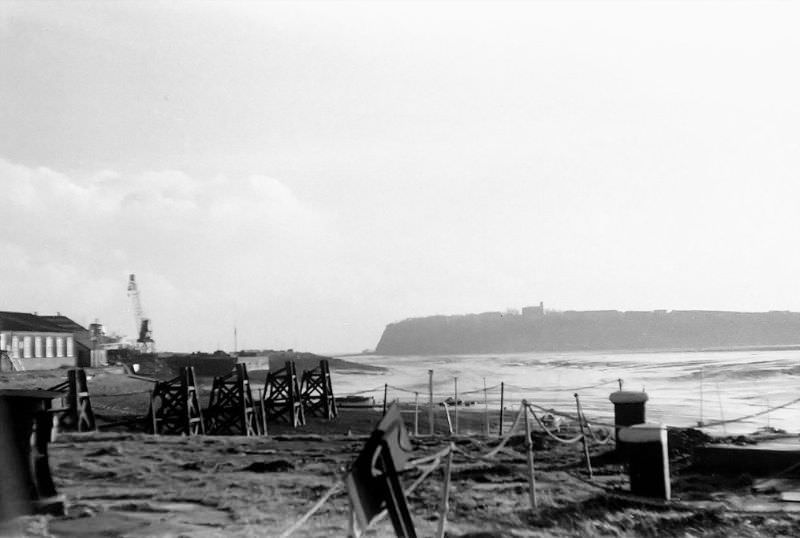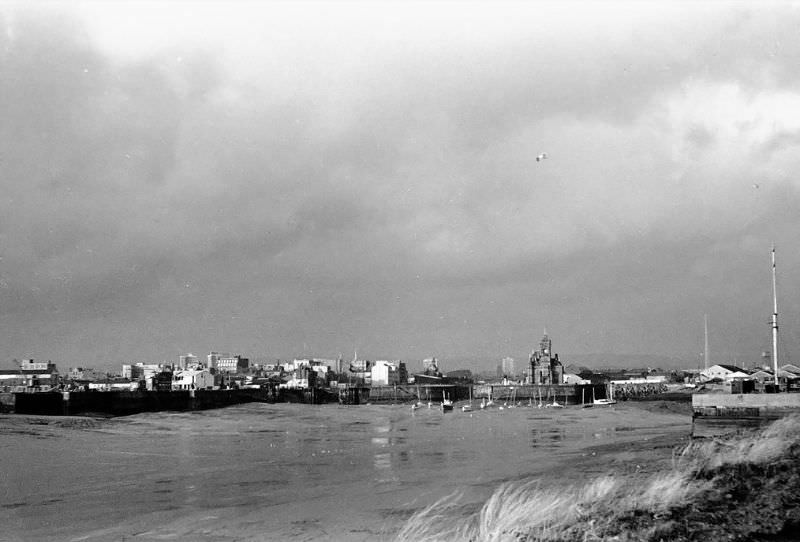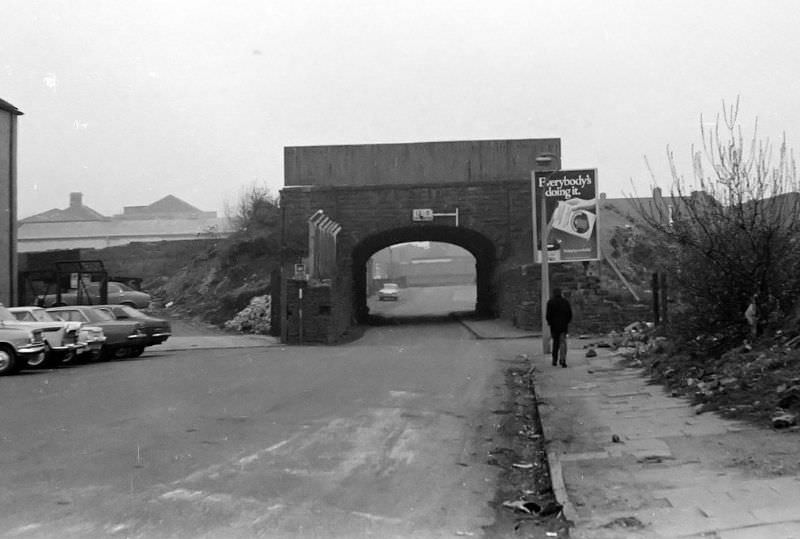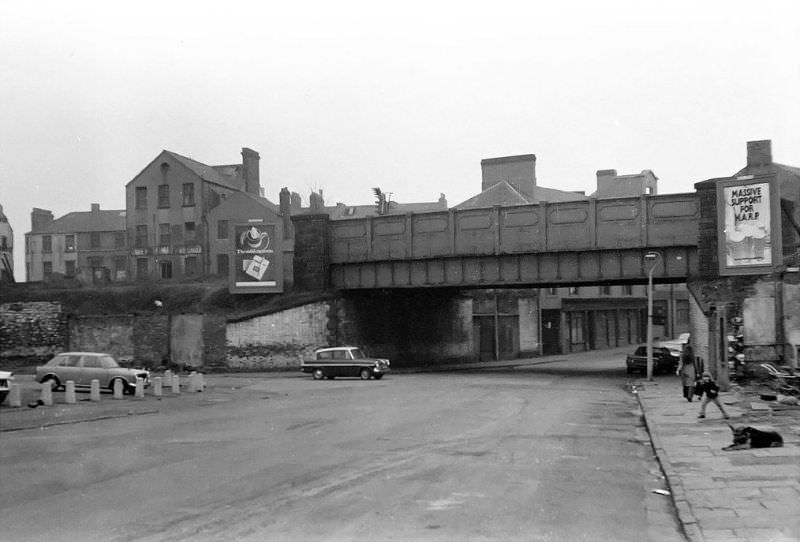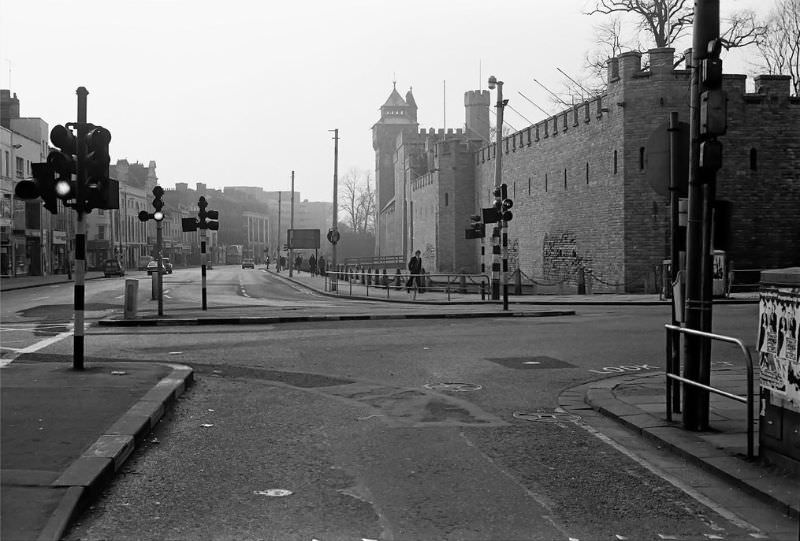Cardiff, the capital of Wales, experienced significant changes in the 1970s that reshaped the city and its culture. During this decade, Cardiff went through a period of major redevelopment, with new infrastructure, public buildings, and commercial centers being constructed, alongside significant population growth.
Many historic buildings in the city center were demolished to make way for new developments, such as the construction of the St. David’s Shopping Centre in 1972, which became the largest shopping center in Wales. The Welsh Industrial and Maritime Museum, which showcased the history of Cardiff’s port and industries, also opened in 1971. However, this period of redevelopment also saw the loss of many historic buildings, including the grand Victorian Coal Exchange, which was demolished in 1973.
One of the most significant changes in Cardiff during the 1970s was the construction of the M4 motorway, which linked the city to London and other major cities in the UK. This new infrastructure helped to boost the city’s economy and allowed for greater mobility and transportation. However, it also brought increased traffic and pollution to the city.
The 1970s saw a growing interest in Welsh identity and language, which was reflected in the establishment of various organizations promoting Welsh culture and language. In 1971, the Welsh Language Act was passed, which gave the Welsh language equal status with English in public life in Wales. This legislation helped to promote the use and teaching of Welsh, which had been in decline for many years.
The 1970s also saw a significant increase in the popularity of music and entertainment in Cardiff. The city became a hub for live music, with popular venues such as the New Ocean Club, which hosted many well-known bands of the era, including T. Rex and Slade. The city also saw a rise in the popularity of punk and new wave music, with local bands such as The Alarm and The Vibrators achieving success in the UK music scene.
In terms of sports, Cardiff continued to be a significant location for rugby, with the city’s rugby team, Cardiff RFC, achieving success in the 1970s, winning the Welsh Rugby Union Cup several times during the decade.
The 1970s were a time of significant change and growth for Cardiff, with the city undergoing major redevelopment and experiencing cultural and social shifts. While the period brought new opportunities and infrastructure to the city, it also saw the loss of many historic buildings and increased traffic and pollution, highlighting the complex and often conflicting nature of urban development.


